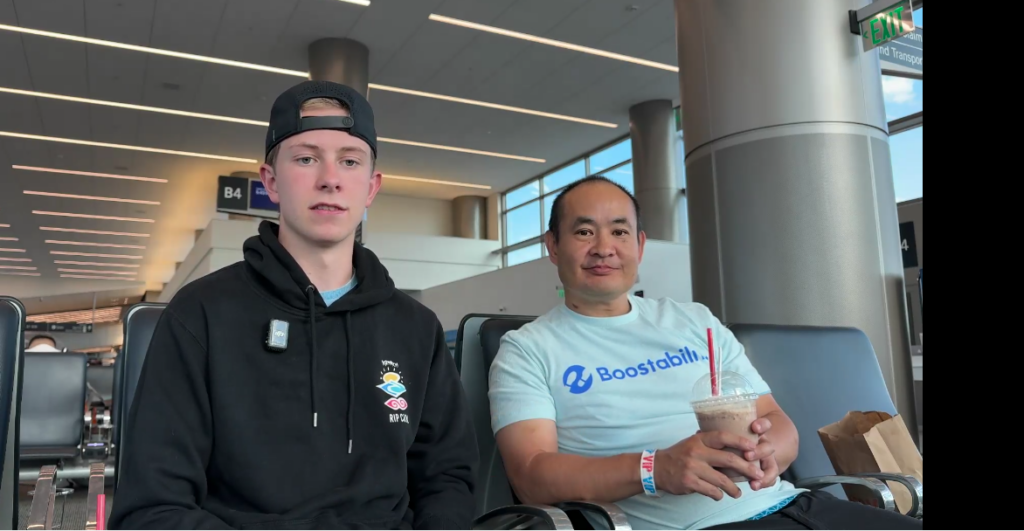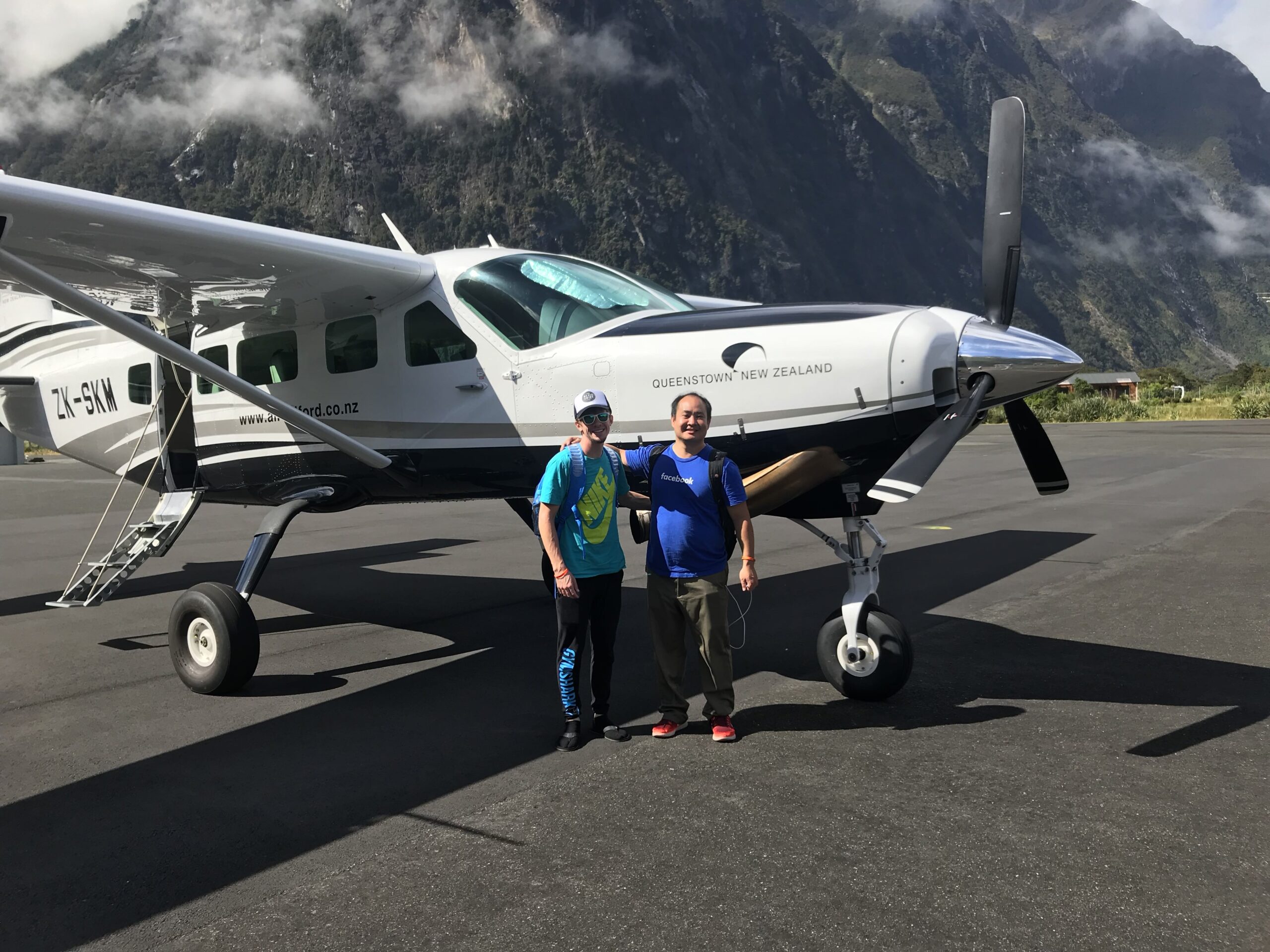Over the past 15 years, I’ve flown 6.5 million miles to build businesses, speak on stage, meet clients, and run workshops. Here’s how I travel efficiently, stay productive, and avoid common mistakes.
1. Always Build in Buffer Time
Travel doesn’t follow a perfect schedule.
- In Costa Rica, my rental car broke down a day from the nearest city. Because I built in buffer time, I didn’t miss any meetings.
- Extra time lets you meet people, explore new places, and recover from surprises.
2. Use the Right Travel Programs Together
These tools save hours every trip:
- TSA PreCheck for faster domestic security.
- CLEAR to skip long ID lines.
- Global Entry + NEXUS for easy international re-entry.
- TripIt to track all your flights (6.5 million miles logged).
3. Don’t Check a Bag
Lost bags ruin meetings.
- I once had to meet the CMO of California Pizza Kitchen in gym shorts.
What I carry:
- 22” TravelPro roller.
- Backpack with chargers, adaptors, an extra shirt, and pants.
- Running shoes, dress shirts, t-shirts.
- Supplements and a global power adaptor.
- Goggles, ring lights, and even a squeaky rubber chicken as a gift.
4. Use Airline + Credit Card Perks
Southwest is my domestic favorite:
- Companion Pass: Bring someone free on every flight.
- Easy rebooking with points.
- Boarding pass trick: Book and cancel to get people through security.
- Combine with Priority Pass and Admirals Club access.

5. Cut Flight Costs with Smart Tactics
These tricks save thousands each year:
- Use SkipLagged to find hidden city tickets (only if no bags are checked).
- Book directly after searching to avoid jump fees.
- Choose smaller airports (e.g., Burbank vs. LAX).
- Use back-to-back ticketing to beat weekend fare hikes.
- Redeem points when fares spike—12k-15k points can be worth more than cash.
6. Stay Productive in Transit
Airports are my mobile office:
- Record videos, answer emails, and review edits in lounges.
- Preload videos on YouTube Premium for offline review.
- Jack Wendt and I often shoot quick clips between flights, upload them to Google Photos, and pass them to our VAs for the Content Factory process.

7. Book Functional Hotels
The wrong hotel can kill momentum.
Look for:
- 24-hour gyms.
- Strong Wi-Fi.
- Quiet rooms with desks.
That’s where I review campaigns and lead team meetings.
8. Use Lesser-Known Flight Programs
Not just Southwest:
- Frontier GoWild Pass: $299/year for unlimited direct flights (plus taxes).
- I’ve flown international first class for under $100 using old employee perks.
- Know your routes and perks—some passes work best last-minute or off-peak.
9. Pick Uncommon Destinations
One of my favorite trips:
- Svalbard, near the North Pole.
- Flew from Oslo and shot content with Logan Young.
- That footage still drives agency training years later.

Make Travel Work for You
Test these systems. Refine them. Build your own checklist.
Don’t just travel. Use every trip to create content, build relationships, and move business forward.
Travel Stories with Jack Wendt and Danny Leibrandt
Travel Experiences with Jack Wendt & Danny Leibrandt
Related Articles:
On a recent trip with Jack Wendt and Danny Leibrandt, we filmed quick clips in airport lounges, uploaded them to Google Photos, and passed them to our VA team. In Oslo airport, Jack swapped adapters while Danny hacked the lounge Wi‑Fi so we could upload edits mid‑flight.
